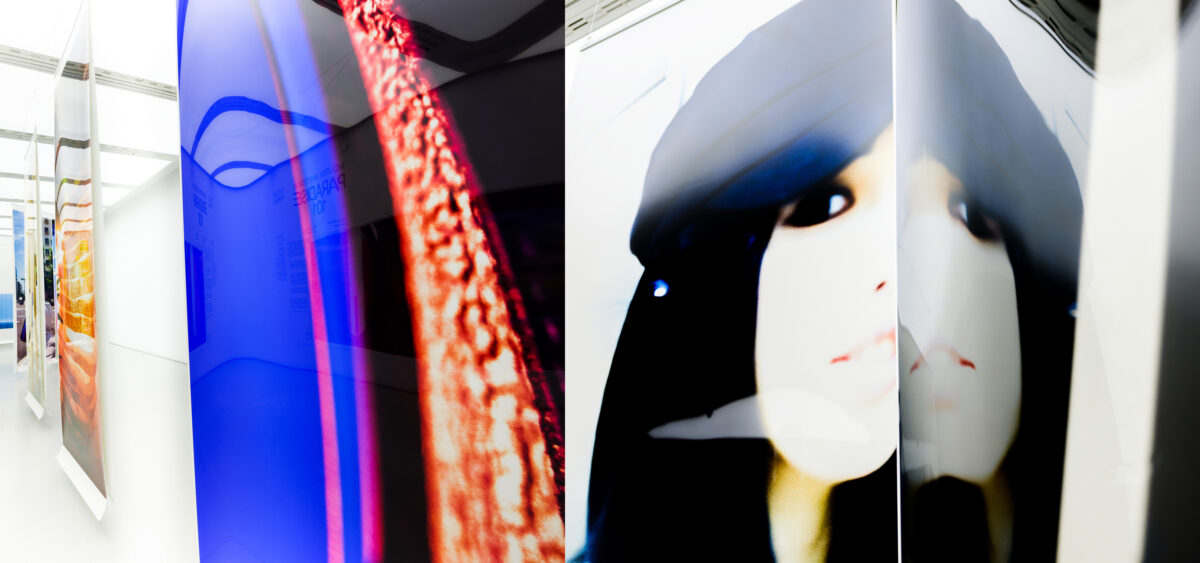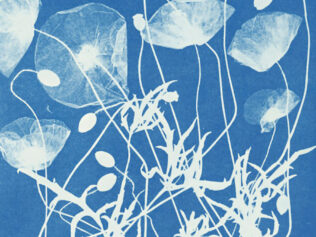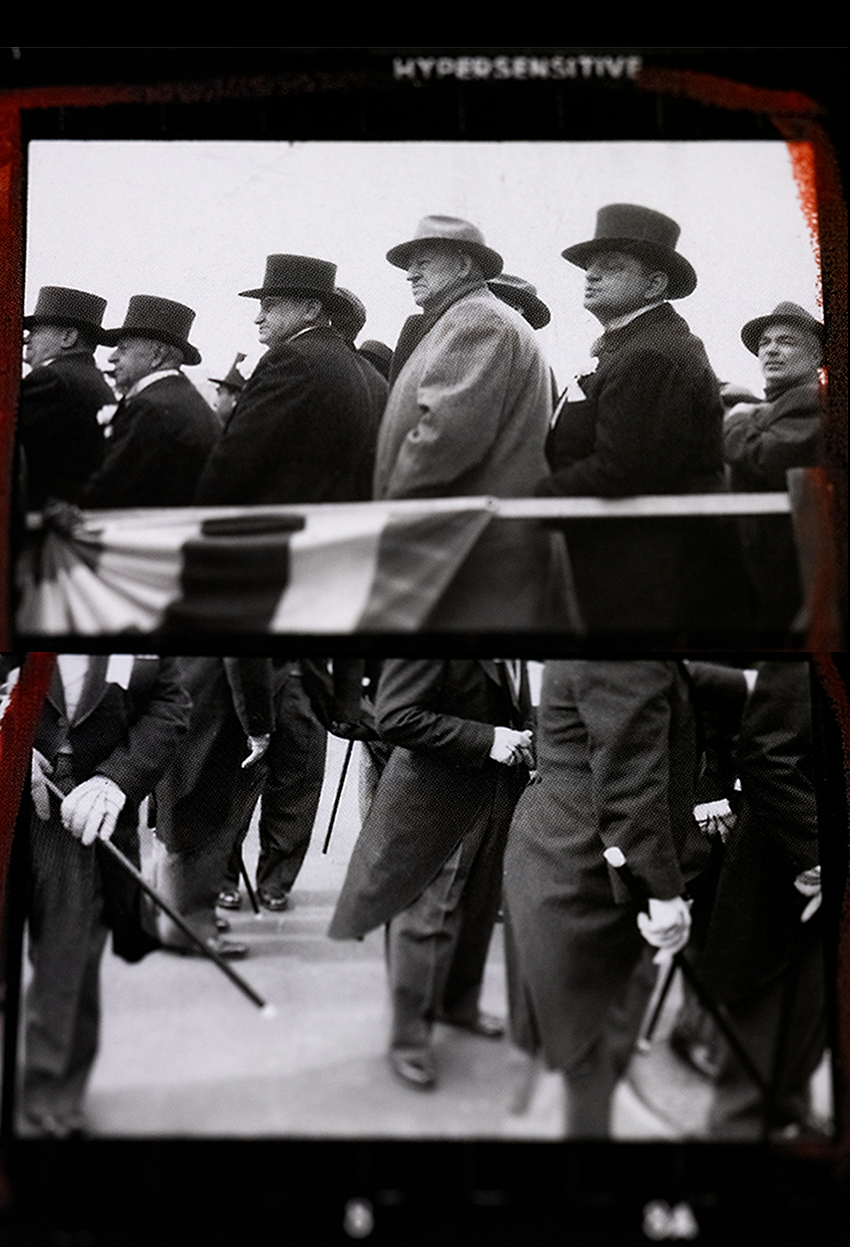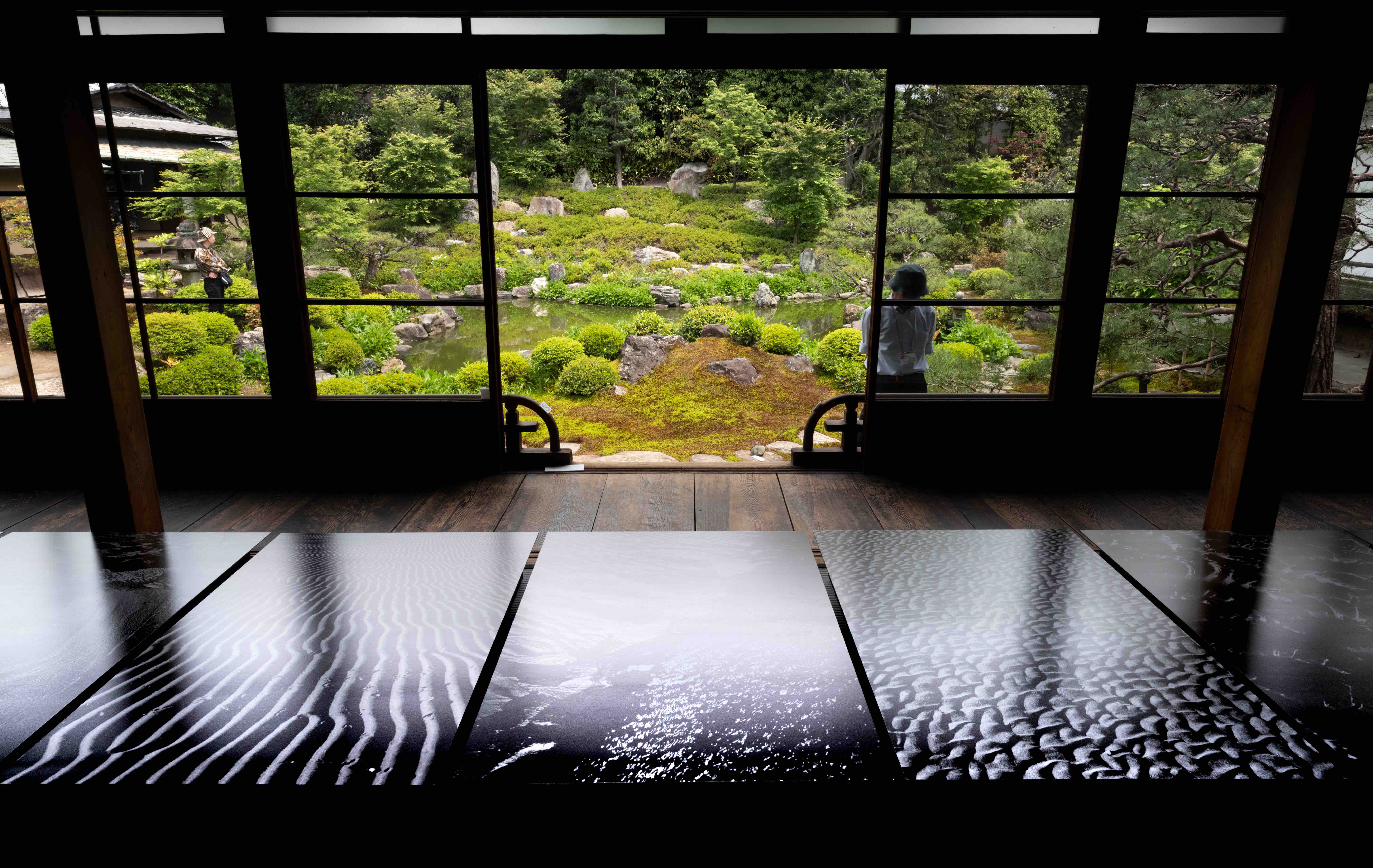
The Paradise 101 exhibition summarizes 29 years of photographing Japan by one artist: Wojtek Wieteska. Two minimalist spaces at the Manggha Museum of Japanese Art and Technology in Kraków are filled with 411 metres of photographic paper presenting 555 images. Joanna Kinowska speaks with the curator and artist about Japan, time travel and the photographer’s archive.
Joanna Kinowska: The numbers are enormous: 555 photographs, almost 30 years of capturing Japanese reality. Additionally, the very best venue for presenting an Asian-themed exhibition. Before we talk about your vision of Japan, I have to ask what intrigues you about this country the most?
Wojtek Wieteska: I am captivated by the unique mentality and organization of space. The atmosphere of the island. The advantage of fish over meat. The simplicity, especially in expressing beauty. The lack of attachment towards the idea of ‘authenticity’ and ‘copy’. The oldest Shinto shrine in Ise is by design rebuilt every 20 years. It is so refreshing! It means that the whole entourage of classical photography with its hierarchy of closed editions is very conventional. But mostly, I understand Japan through the forms and through art. I have spent there eight months in total. The last time was in spring 2019 with my partner Ania, the curator of Paradise 101. As soon as flights to Tokyo are unfrozen, we want to travel to Hokkaido. I sense there are some winter landscapes with my name on it…
Originally, Wieteska’s Japan was all black and white. Now it is colourful, and snowless, as you said. How have your optics changed over the years?
WW: It has not changed, only my mind evolved. And how exactly is best exemplified by the two identical spaces of Manggha Museum, which are placed one over another. They host entirely different photography installations and narrations. Just like the leitmotiv of Paradise 101, communication, suggests where we paired a black-and-white image from 1996 with a red photograph from 2019. Two worlds, of analogue and digital photography; one thought.
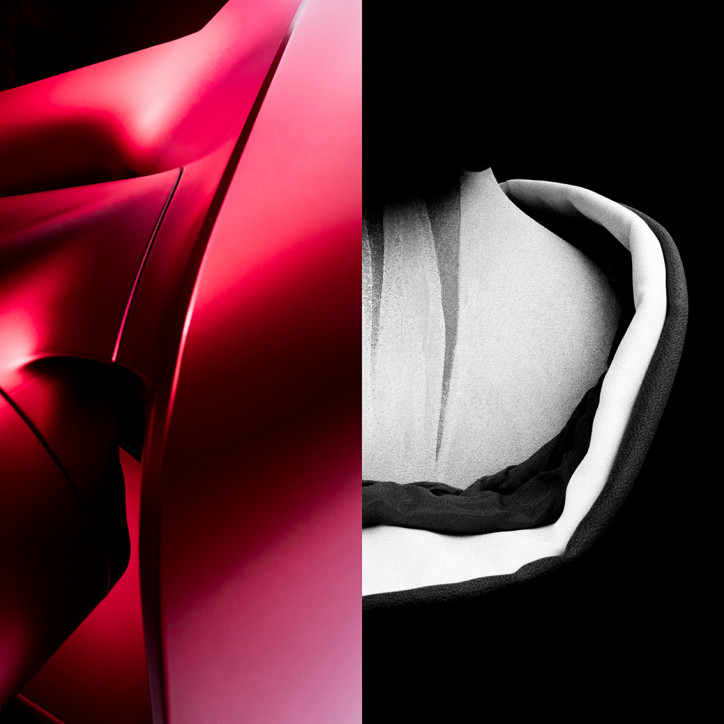
Let’s talk about this evolution then. The sum of experiences, films watched, books read, life changes, etc. They must be relevant to your perception and style of working.
WW: Sure, but I believe more in subtraction than addition. Balzac stated that that each photograph ‘peels off’ one layer of the person. It makes sense. I pose some questions about positive reduction in the video sequence called 5 Breaths. It is the ending point of Paradise 101: after seeing all of the images in various sizes, the viewer can use his or her breath as an ultimate emotional cleanser. Reset and go!
Wait, let’s re-enter the show.
WW: The first space shows the analogue world of the last decade of the 20th century. I arranged 415 black-and-white photographs and 90 colour ones on 50 x 250-centimetre stripes in order to create a ‘landscape of images’: the horizontal stripes are like a sea; the vertical ones resemble a bamboo forest. The upper space is filled with 44 large-scale digital colour photographs (127 x 360 centimetres) made in 2019. The scenography of those prints was made by the curator – it is quite a lace-like work. Ania proposed such formats before we went to Japan, and that became my inspiration for a new approach towards analysing the Japanese reality. Later, I did not interfere with her choices and curatorial decisions. I must say it was all quite an adventure: this trip, the work with a new camera, and this whole idea of presenting ‘naked’ photographs hanging from the ceiling. It is a change, almost like between George Méliès’ Trip to the Moon and George Clooney’s Midnight Sky from 2020: same idea, different galaxy.
Wait, but there are 118 years between them! Are you talking about the change in your perception, or are you commenting on the general change between the analogue and digital world?
WW: Both.
The first version of the title was Flight 101 to Paradise.
WW: Yes, it is a reference to the digital paradise we have created and which is today a source of creative tools. ‘1’ and ‘0’ are the alphabet of binary language. All other changes to the title are related to previous exhibitions in my Japanese series. Its first presentation called Tokyo took place in the exact same Museum in the year 2000. I showed only 36 black-and-white photographs from the 90s. I wanted to be very ‘haiku’. In 2008 I visited Japan for business, stayed afterwards to work on the next pieces in colour and presented them in 2010 at Yours Gallery in Warsaw. The exhibition was named Lot 9108, which translates into ‘Flight 9108’, but two months before the opening there was the plane crash in Smoleńsk – so the title was tasteless, to say the least. I changed it to Flights 91_08, to refer to my flights to Japan between 1991 and 2008. I also published five volumes of a photographic portfolio with 99 collectible prints. Today, those images from 2008 are presented in a video called Intermission 2008, while black-and-whites and colours from the negatives from the 90s, construct the mentioned ‘image landscape’. It is a paradise without digital sin! [laughs]
![]()
You are very precise in distinguishing what is analogue and what is digital. Why does it make a difference and why is the second one ‘sinful’?
WW: Simply because with ‘numeric images’ we crossed the borders of the material and organic, and established a new order. Especially now that we are experiencing its advantages and disadvantages: we are in lockdown on the internet. Travels became fiction, reality has shrunk and we are disconnected from it, or even from our-inner-selves. The Masaccio fresco Expulsion from the Garden of Eden (1425) doesn’t reveal where they – Adam and Eve – are supposed to go. But a viewer of the painting knows it – they observe the image from contemporary times. In other words: context influences consciousness. What does a digital image really consist of? In 90% of cases, we look at it on a small screen. So it is even more interesting to visit Paradise 101 and look at digital prints and yourself next to them. Then perhaps arrives the question: “Who am I against the computing power of the algorithms that we invented?”
Just as it was hard enough to answer such a question, you made the photographs quite difficult to read. The images are in long stripes, hang at various angles, the lights are off and each person entering the space is given a flashlight. Also, in the opening text you say the world is overloaded with images. So is it a comment on this situation?
Ania Diduch: By turning the lights off, we are not trying to comment on the overproduction of photographs. It is rather a perversity on our part and a play with the idea of archive. The ideal condition for preserving a photographic image is to not expose it to light… And there is a reason why we worked with professional Fujifilm photo papers, with very sensual blacks and halftones. The spectacular form of the installation can be studied in an intimate manner. Spectacular not in a sense of scale, but for its spaciousness – the flashlights give multiple shadows, creating another dimension to the exhibition. The viewer is a discoverer and co-director. Art best pushes the imagination further when its form is open and welcoming.
![]()
WW: Figuratively, these 505 images from the archive of 5000 images is my ‘photographic memory’, my ‘mental landscape of Japan’. The stripes include micro-narrations in a set of five images, which are mostly one-to-one tracks of my photographing in Japan. Some were fictionalized for the purposes of the show. There is always one ‘positive’ and four ‘negatives’. It is impossible to see them all! Better: there was never such an intention. It is completely up to you. Do you remember one photograph, a few, none? You enter the archive and you are the boss of your own sight.
I disagree. Some of them are impossible to study; hanging too high or at difficult angles.
AD: Well, it was important in order to break the hierarchy of the traditional photography exhibition and the classical balance between a positive and negative image. Which deserves our attention more? How one reads a negative? I think each person reads it in their own way and that is one of the aspects of the game with imagination we hoped to evoke.
WW: The ‘dark’ gallery is like a laboratory of narration, while the upper space is a laboratory of emotions, forms, textures and light.
The photographs are accompanied by video installations and art objects. These are new pieces, dedicated to Manggha galleries. Were they inspired by the museum’s spaces or created a priori?
WW: The fact that I am showing works in various media is a direct outcome of the fact that I used to work in two worlds: as an artist-photographer and as a director of television commercials, social campaigns and music clips. So today, the sum of these experiences takes its shape in the form of new three dimensional works. To answer your question: nothing at Manggha is accidental. For example, the space for the Time Wash installation was designed centimetre by centimetre on a maquette on a 1:20 scale. The lemon-like light over the prints washer, the prints on plexiglass that are put into water, the three corners symbolizing past, present and future – they were all preconceived before the installation. The elements like the quote and its display appeared during the two weeks of installation. There is an interesting story behind the quote. I read it in 2019, on a plane to Tokyo. I drew on the page a shape that today appears to be the shape of the room with the Time Wash installation in it. I don’t believe in coincidences in life or in art.
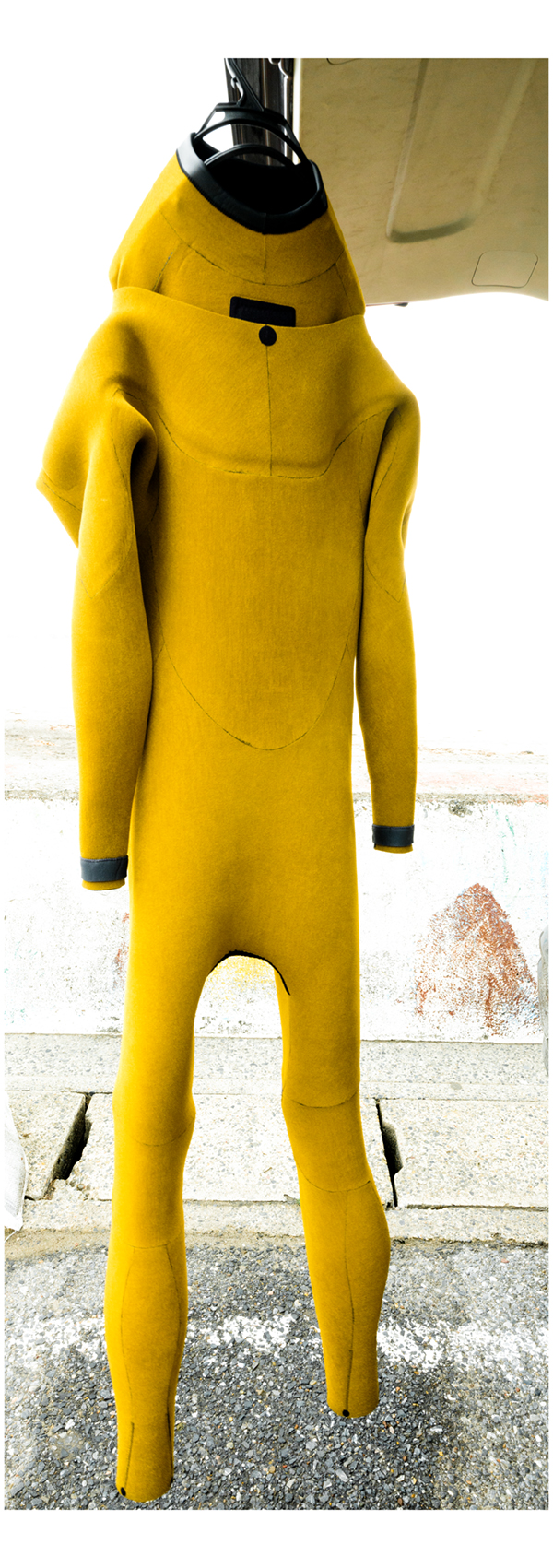
Tests, a maquette, an installation with room left for artistic freedom. Sounds like a very comfortable work environment.
WW: The comfort does not come easy, you have to earn it: by educating yourself, by lots of experience and the pinch of talent to balance it all in short, tense periods of time. And then the metaphorical ‘magic’ happens. If you are lucky you get to be creative on your own rules and you have a professional team to do it with. The people working at Manggha Museum were very responsible and flexible – they get that you are installing art, and some things just come up at the last minute. For this reason alone, I cannot imagine showing the premiere of Paradise 101 anywhere else than in Kraków. The essence of Japan is present there thanks to the people who work there – from directors, through coordinators, technicians and volunteers, to the gentlemen from security.
How to present photography in the times when anyone can be a photographer? That was the title of your presentation conducted for MuFo (Museum of Photography in Kraków) in November 2020. You mentioned the various ‘frames’ in which photography nowadays exists and their relationships with space. Your previous big solo show – I am from Poland – in 2013 was, in the sense of scenography, a small step towards what is happening in Paradise 101, where you have freed the images from the frames altogether. Is this a closed process now?
WW: At Atlas Sztuki Gallery in Łódź in 2013, there were five large prints hanging from the ceiling, ‘levitating’ in the space. Later, in 2015, I made the Nailing Love exhibition, which was like a notebook of many experimental ideas about the display of photography. One of them is today developed in the form of the Time Wash installation at Paradise 101. I am using the same prints washer. It is a beautiful object, hand-made in the US, meant for archival prints on baryte paper. Usually you put the prints inside and wash them until the paper is clean from fixative, but in 2015 I wanted to play with the original process, so I left the prints in the water for two-and-a-half months (the duration of Nailing Love). The images were fantastically decomposed – emulsion was peeling off the paper, creating black sludge. In the end, the paper sheets looked like Japanese abstract paintings. At Paradise 101 there is no destruction: the images are put in water, but they are printed on plexiglass so that they are almost immortal. They present two portraits of the same person: Ryoukou Koga, a monk of the Zen sect Rinzai Joen-ji temple in Tokyo. I photographed him in the same place, first on 28th November 1991 and second on 23rd May 2019. The two Kogas are in dialogue and the viewer is in between. So if you are asking if I am done with the process of pushing frames and conventions, then I would say that I am just getting started! [laughs] You know, in December 2020 the first successful transportation of matter happened. So new media for art are born every day.
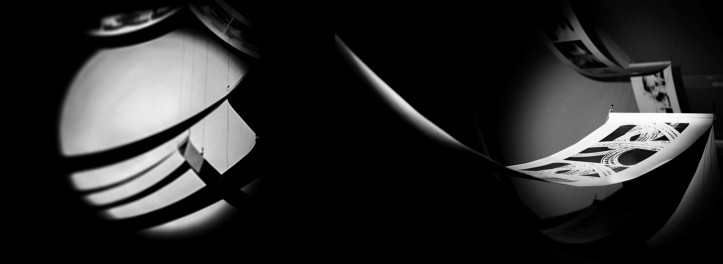
Lately, your photographs have something double and complex about them. Maybe it is because of the way they are presented – like with those large-scale and glossy prints at Paradise 101 in the second gallery. The surface is so distracting that it is impossible to ‘get’ to the primal sense of the photograph. As an observer, I see, for example, mostly a foggy portrait of a woman. After a moment, I get a glimpse of her melancholy, the way she is looking out of the window. Then, I step back and see that was only a part of the ‘story’ and the picture itself is about something completely different. The blow-ups and formats, decisions about exposition you made while creating a photo – they all add up to change the reality into a blur of wildly shining colours. I wonder how you arrived at a place where the composition of such abstract photographs actually works in one space. Were there many surprises along the way?
WW: You understood this particular photo according to my intentions. First, you see a portrait: a figure with a cup of coffee, it is not entirely clear if it is a woman or a man, because the face is out of focus. The focus is on the water stains on the outer window pane of the train, which is moving at 250 kilometres per hour. The person is on a train traveling at a similar speed in the opposite direction. The distance between me and her is about one metre. And when you step back, there is this great vertical, even more blurred form: my glasses hang on the headrest of the chair. They are framing the whole scene. So you can see exactly through the right lens of my glasses what I did not see back then. All in all, we see the same thing together at the exhibition! Photography can be wonderfully elusive. As for the glossy surface, I knew what I was getting myself into. I worked with the same material in 2017 for my exhibition Travelling. I was experimenting with the first roll of Fujiflex Crystal Archive photosensitive material in Poland, only for a much smaller space. Then and now, the final effect is purely astonishing.
![]()
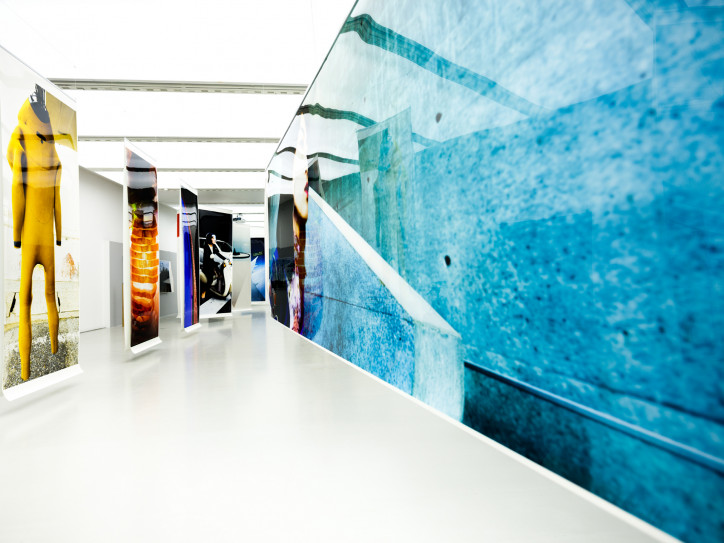
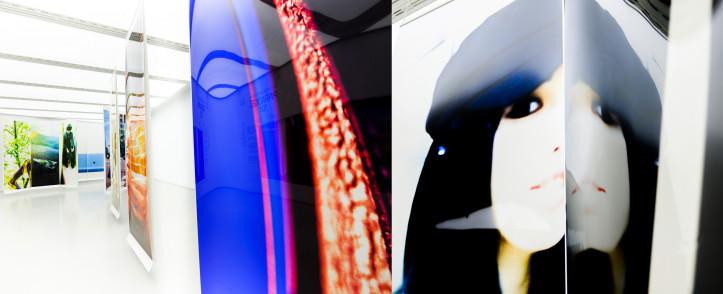
OK, moving to the next photograph: a girl on a Vespa. The most cosmopolitan image at the whole exhibition. It is Japanese, French or even Italian. It combines the vibes of haute couture, behind the scenes of a perfume commercial and an average street photograph. Observed or arranged? Found or posed? All of the magic here lies in the large size and blinks – making the whole scene more about the lines and colours.
WW: This is one of the most common topics in photography. William Klein and Robert Doisneau played with it, even our Polish lifestyle photographer, Tadeusz Rolke, used it. So, on the one hand I am playing with visual clichés, and on the other I am remixing a few aesthetics and presenting it as one. The scooter driver is like a contemporary samurai girl, an Italian tourist and French fashion shopper. The Japanese are masters at such mixtures, they know how to juggle conventions.
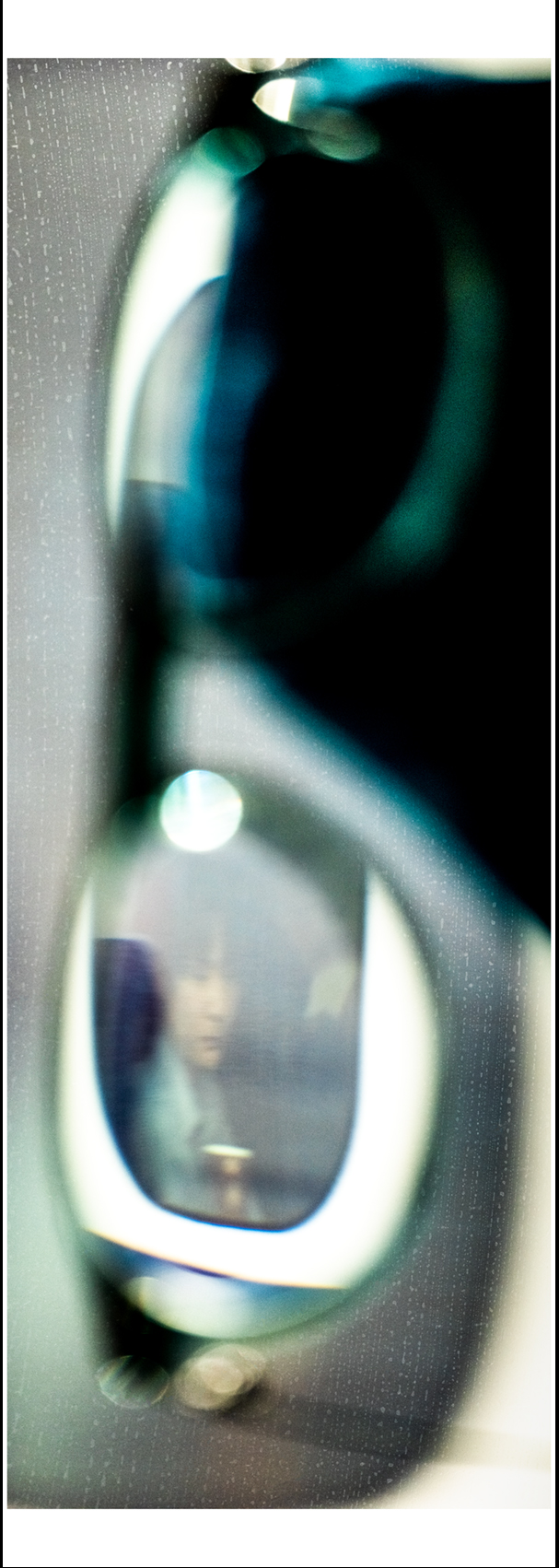
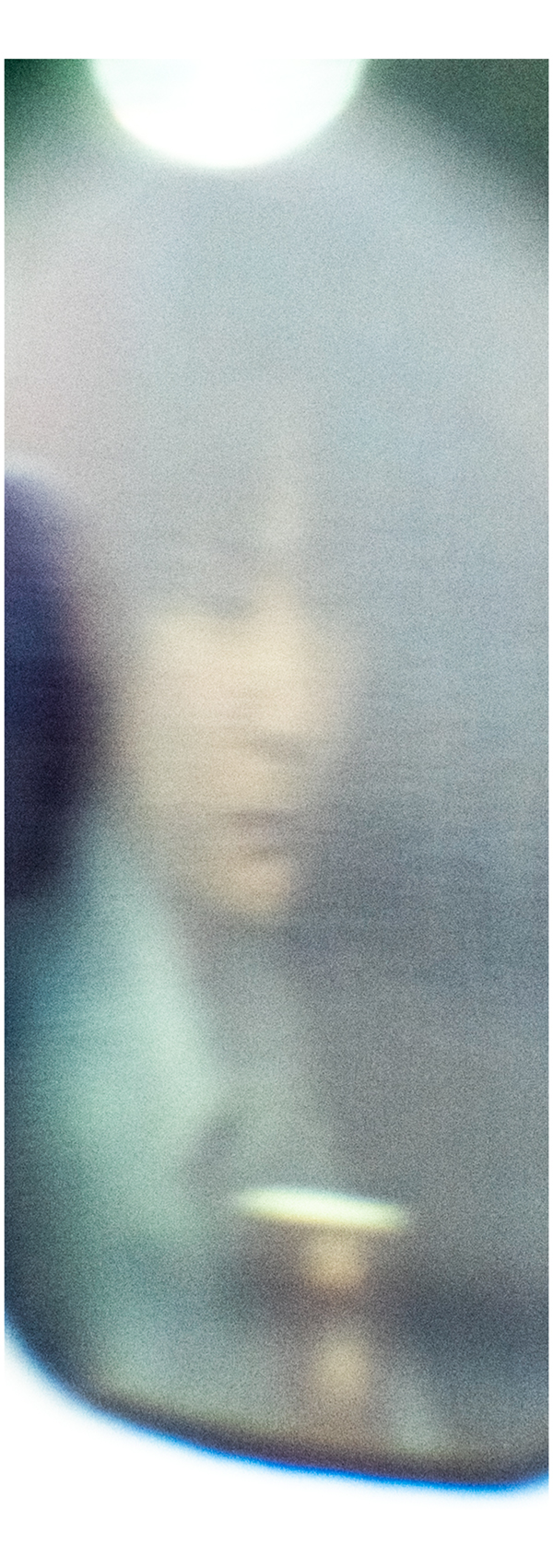
What was the image that impressed you the most lately?
WW: Lady with an Ermine by Leonardo da Vinci. I saw her after many years on 6th November 2020, four minutes before closing time at the Princes Czartoryski Museum in Kraków. In practice, it was four minutes before the second COVID-19 lockdown in Poland. I like to think that I was the last person the Lady saw back then… I filmed also the Paradise 101 curator saying: “I am sad to report she is poorly lighted.”
Speaking of lockdown, it changed the opening of your exhibition not once but twice: first from July to November, and then from November to February. The show was installed and closed for three months. Today, the first visitors are looking at your photographs as we speak. What kind of feelings do you want them to experience during Paradise 101?
WW: Apart from realizing my artistic ideas, I am proud to sense that we created a show that can be experienced by different generations, including children. The section with flashlights was invented for them, so that they do not get bored. Instead they can run, bumping into the photos against the usual admonitions like “please do not touch the objects”. This kind of freedom is authentic – I experienced it while working on my Japanese series.
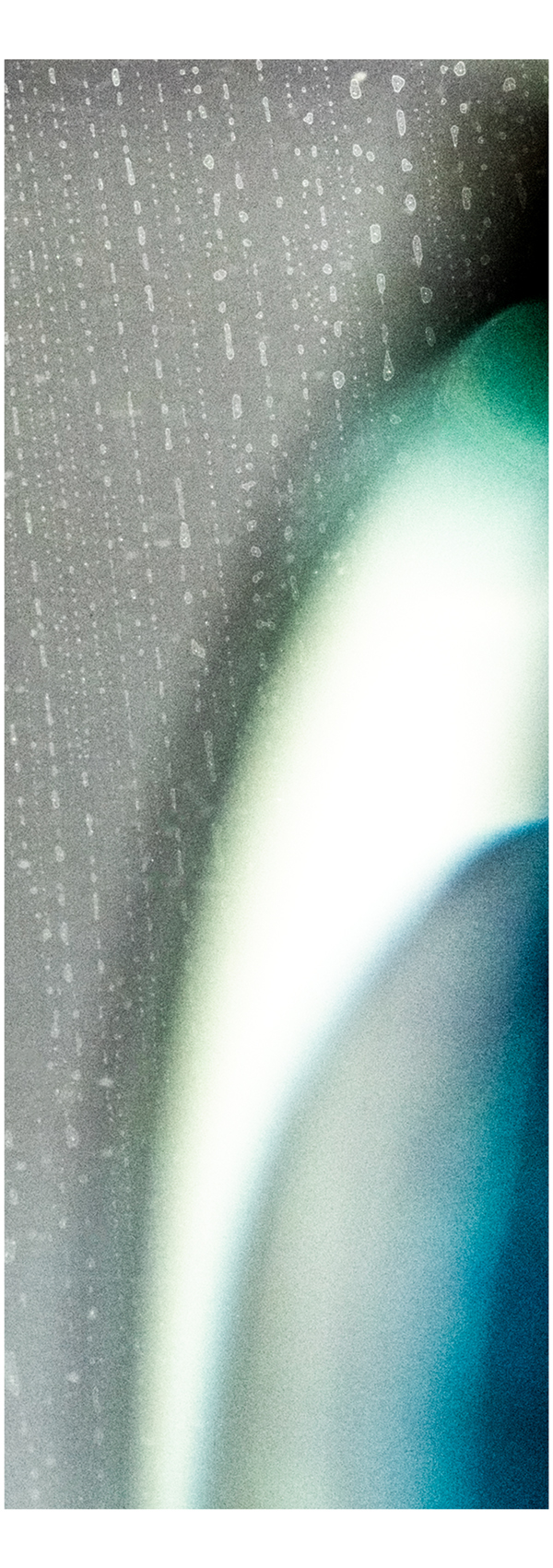
AD: Like you said, we were supposed to open the show in July, then in November. And we learned about the second lockdown 100 kilometres outside of Kraków. We were in a car driving to the installation. From the perspective of time, I believe that we were saved by humility, the discipline of the plan and the earlier mentioned professionalism of the museum team. Today, it seems that the exhibition gives an insight into a world that no longer exists, which is so odd – especially that the photographs were taken just two years ago. Fortunately, Paradise 101 was never meant to be a retrospective show, so it has no melancholy in it, or at least it was never our intention. Instead, the intention was to note the fact that photography is like an extra element, like water or air. Digital images filtered by algorithms influence us every day. But to explore the power of the digital image, we mount it to a physical base of photography paper. I believe that without it, a photograph is like a building that stayed at the stage of 3D model. At Paradise 101, the visitor is supposed to get lost in his or her own thoughts, associations and observations. Contact with art should be like meditation: it should give you space to reconnect with yourself.
In the process of preparing Paradise 101, you had more independence than a regular curator from the institution. You were an observer and even inspired some of the works.
AD: There was immediately a natural division of tasks. Wojtek was preoccupied with de- and reconstructing the Japanese archive, and I was busy with a scenario for the 2019 works. Later, in Japan, I observed Wojtek’s style of work: his photographing and filming. The tempo was very high and I realized how well he balances being detail-oriented and spontaneous during the process of creation. At one point, I posed the question: “How can one photograph a breath?” This is how the piece 5 Breaths began. I wanted to provoke the artist to combine his photographic and film points of view. It was worth it, even though he worked on it the longest. Now the exhibition is living its own life and we are planning what to do next. As an artist-curator duo, we are intrigued by any new information about developments in the area of digital transmission of data. It is not about following seasonal fashions, but rather about speaking from a contemporary place: Where am I? What change do I wish to impact via my artistic actions? How can I incorporate digital technologies into my tools of expression in order to connect with people? Art and technology were always close friends. And today culture is even more important as a tool to nurture our spirituality and empathy.
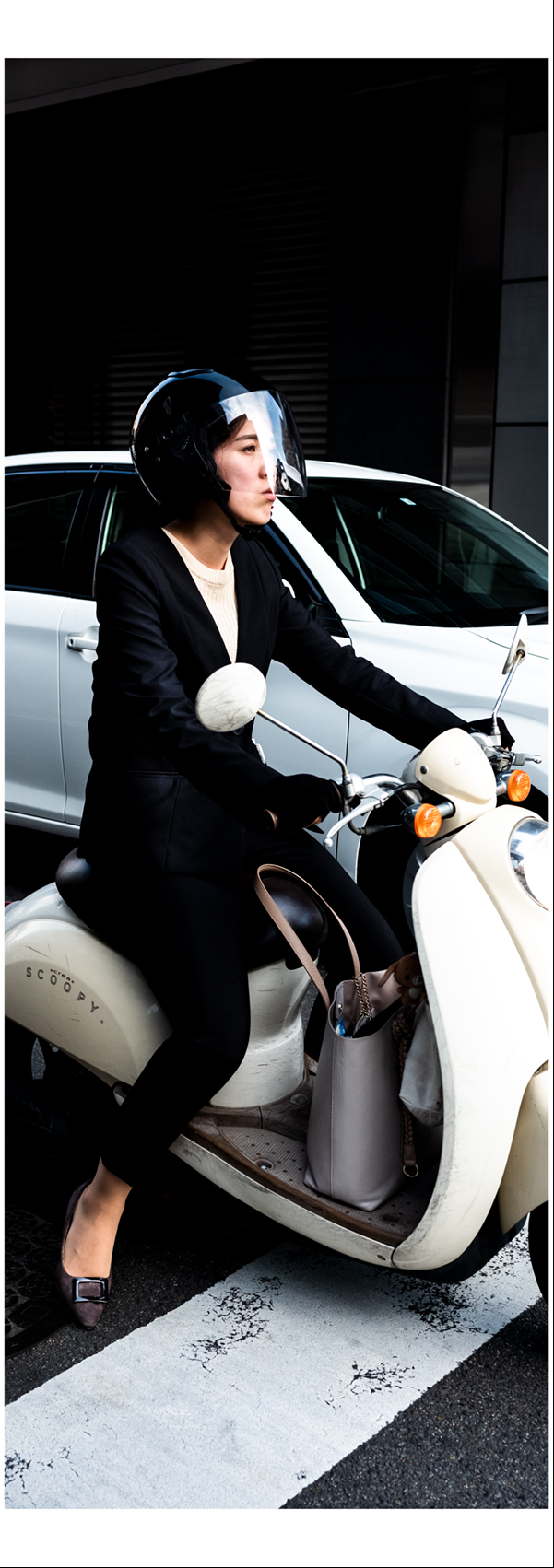
Parts of this interview have been edited and condensed for clarity and brevity.


